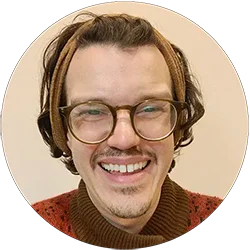Look up: the Sistine Chapel ceiling unfurls in divine choreography. Every figure charged with grace, tension and... debt. Michelangelo, suspended in scaffolding, didn’t just paint the heavens. He negotiated them. Contracts. Deadlines. Complaints. Revisions. This wasn’t divine madness. It was project management in wet plaster.
The myth of the solitary genius dies here, on this ceiling. What rises in its place is a truth far older than modern entrepreneurship: the artist as tactician, as vendor, as visionary bound to capital. The creative act has always been haunted by invoices.
From the Vatican to the pop-up gallery, artists have been architects of their own economies. This isn’t a new hybrid. It’s an ancient reality made visible again in pixels and pitch decks. And this is your guided tour through that convergence. Where pigment meets profit, where aesthetic innovation grinds against financial survival, where the brush has always known the weight of the ledger.
Key Takeaways
- Art and enterprise flourish on a shared bedrock of audacious creativity. From Leonardo to the Medicis, those who break boundaries envision realities that will always remain hidden to the cautious.
- Observation is the heartbeat of both artistic and entrepreneurial endeavors. Each sees possibility and pattern in ordinary corners, bridging imagination and practical solution.
- Risk and resilience define journeys in paint-spattered studios and boardrooms alike. Both realms demand a courage to stand firm amid rejection, forging new roads from pure conviction.
- Financial savvy and strategic planning are no longer optional. Artists learn to budget like business owners, and entrepreneurs dare to cultivate a spirit of improvisation and innovation.
- Success is about more than money. It’s about legacy, forging cultural dialogue, and leaving a mark of singular vision.
Canvas and Corporation: A Surprising Convergence
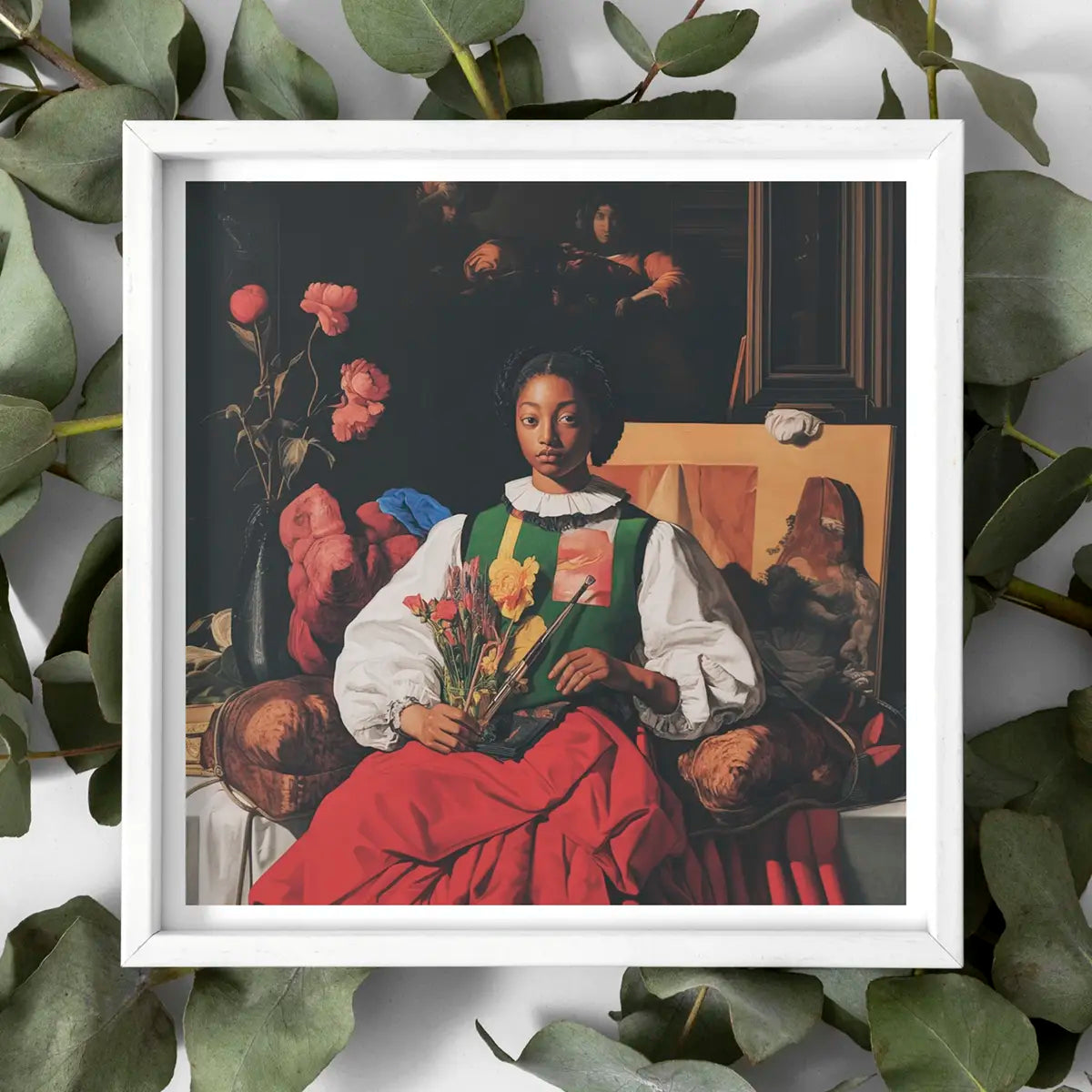
The conventional caricature paints the studio as a sanctuary of wayward reverie and the boardroom as a chrome‑plated profit engine. Yet pry open either door and you’ll hear the same cadence: risk pitched against reward, drafts pitched against deadlines, ideas pitched against skepticism. The surprise is not that art and enterprise intersect. It’s that we ever believed them parallel rather than braided.
Visual artists prototype constantly. Before the brush touches linen, thumbnail sketches swarm the margins of scrap paper; pigments are A/B‑tested on palette corners; compositions pivot when a single hue misbehaves. Founders work no differently: mock‑ups morph through sprints, user feedback tilts roadmaps, brand palettes get tweaked because the blue felt “too old‑money.” Both camps orbit the same star: iteration.
The myth of the “Artistic Entrepreneur” didn’t materialize with Instagram shops or NFT drops; it hardened centuries ago when guild painters signed contracts stipulating delivery dates, material allowances, and penalties for delays. Clauses that would make any venture capitalist nod with respect. What’s changed is not the pact between imagination and finance but the bandwidth: one upload from Oaxaca can reach Oslo in seconds, one tweet can crowdfund a debut solo show, one livestream can turn process into revenue while the underpainting is still wet.
Branding once smelt of betrayal to the bohemian nose. Yet even Van Gogh crafted a personal palette recognizable at six paces. Today’s brand is simply a lighthouse: consistent tone, repeatable iconography, memorable narrative. It is the difference between being discoverable and sinking unseen beneath the algorithmic tide.
Entrepreneurs have their folklore, too—dorm‑room epiphanies, garage epics—but peel back the romance and you find the same scaffolding artists know by heart: budgets, Gantt charts, patron/investor alignment, and the eternal hustle for distribution. A start‑up demo day is merely a pop‑up gallery in jargon form, each founder waving their prototype like a painter unveiling a triptych, hoping someone with deeper pockets shares their hallucination.
The conclusion is unavoidable: canvas and corporation are not opposite poles. They are complementary vantage points on the same terrain. One mapping emotion, the other mapping demand, both sketching routes toward relevance.
A Shared Lens: How Both See the World

Observation is their mutual superpower. A realist craves the exact temperature of twilight; a UX designer obsesses over the millisecond lag that makes users abandon cart. In both cases, salvation hides inside minutiae.
Picture a plein‑air painter crouched before tidepools at dawn, recording the shimmer of kelp beneath glassy water. Now picture a data scientist scrolling thousands of support tickets, tracing a hairline fracture in the customer journey. These actions rhyme: disciplined attention applied until pattern emerges. The product differs—oil study versus feature release—but the governing instinct is identical.
Opportunity recognition follows. The sculptor who sees a knot of driftwood as a cathedral in embryo shares optic nerves with the entrepreneur who sees a dog‑eared subway map and invents citywide bike‑share. Bette Nesmith Graham turned clerical frustration into Liquid Paper; Kehinde Wiley turns overlooked faces into monumental renaissance tableaux. Both looked where custom said not to look.
Equally shared is the flash of combinatory insight. The “aha” that grafts two unrelated fragments into a viable whole. A painter in Marrakech spies a spice‑stall color harmony and births a palette; a founder in Manila watches how street vendors handle cash and drafts a micro‑payments app. Different mediums, same lightning strike.
Yet raw perception is only prologue. Artists translate photons into feeling; entrepreneurs translate friction into functionality. Each translation requires conviction strong enough to survive critique, revision, or outright indifference. That stubborn belief in an unseen final form is the crucible both professions enter daily.
Ultimately, the artist and the entrepreneur are cartographers of the unnoticed. One charts interior continents of emotion; the other maps terra incognita in markets. Their outputs feed separate appetites—beauty and utility—yet both alter how society sees the ordinary. In that reframing lies their shared power, and their shared responsibility.
Divergent Eyes, Unified Impact
Artists cultivate vantage points steeped in emotion, myth, and personal cosmology. Georgia O’Keeffe peered into desert emptiness and extracted voluptuous blooms, proving austerity can house intimacy. Entrepreneurs, likewise, are habitual contrarians. Like Airbnb’s founders, who stared at an unused air mattress and saw a global hostel. And both parties commit the same misdemeanor: refusing to treat reality as finished.
Divergence begins with a subversive question: What if the obvious isn’t inevitable? An acrylic painter stretches perspective until skyline becomes waveform; a logistics start‑up stretches convention until warehouses become neighbourhood lockers. By daring to imagine alternate operating systems, they invite the public into a parallel timeline where other choices make sense.
The currency in both fields is novelty. A gallery rewards fresh visual grammar; a marketplace rewards fresh value proposition. Yet novelty alone means nothing without resonance. O’Keeffe’s florals altered how viewers parse silence; Airbnb altered how travellers parse “home.” Emotional disruption or infrastructural disruption. Each recalibrates expectation, a quiet revolution executed in pigment or product design.
Shared, too, is the risk of misfire. An experimental canvas can flop as catastrophically as a beta launch. But risk is the toll for originality, and both painter and founder learn to treat failure as field research, routing lessons into the next attempt. Divergent eyes, unified in consequence: they teach society to exit autopilot and choose again.
Business of Creation: When Vision Demands Pragmatism

Ideas are weightless until pinned to process. The choreographer drafts schedules; the ceramicist drafts firing logs; the SaaS founder drafts sprint boards. Vision, therefore, is less a lightning bolt than a ledger entry labelled “To Do.”
Today’s artist writes grant copy as fluently as curatorial statements, forecasting material costs, insurance premiums, shipping weight. They negotiate wall fees, build email funnels, run A/B tests on catalogue covers. This isn’t dilution; it’s durability. Without scaffolding, even the boldest aesthetic collapses into wishful pigment.
Entrepreneurs recognise the mirror. Product roadmaps translate abstract utility into deadlines, budgets, and compliance matrices. A delay in inventory is as lethal as a delay in drying time for a fresco; both compromise launch‑day credibility. Process does not strangle creativity. It corrals chaos so inspiration can clock in every morning.
Adaptability forms the fine print. If cobalt spikes in price, the painter experiments with indigo; if tariffs hammer component costs, the founder swaps suppliers. Pivot isn’t betrayal; pivot is the professional’s reflex to external turbulence. The result: a living practice built to bend, never to break.
Balancing Ledgers and Brushstrokes
Romantic lore paints the studio as a temple of impulse, untouched by filthy lucre. Reality demands dual‑entry bookkeeping beside the easel. A single commission may bankroll three months’ rent, yet the calendar holds twelve. Cushioning lean stretches requires sober math: pricing tiers, licensing deals, limited‑edition prints, teaching residencies.
Founders tread identical terrain. Cash‑flow seesaws, investors blink, burn rate threatens runway. Prudent forecasting becomes a creative act in itself—how to elongate oxygen without suffocating ambition.
Profit is not antithetical to art; starvation is antithetical to longevity. Charging fairly funds future experiments. Likewise, a business that refuses revenue is a hobby in disguise. The ledger, then, is a mirror: it reflects whether a practice is viable, whether the work can continue evolving rather than ending as a beautiful anecdote.
Ultimately, brushstroke and balance sheet share a pulse. One colours the world, the other keeps the lights on long enough to watch the colour dry.
Crafting Projects and Meeting Deadlines
Every serious artwork is a project plan masquerading as inspiration. A muralist juggles city permits, scissor lifts, weather forecasts. A composer negotiates rehearsal slots, venue acoustics, union breaks. Slip enough deadlines and opportunity evaporates.
Artists therefore speak fluent logistics. They sequence dry‑times between glaze layers, pencil in contingency days for misfired kiln loads, book freight before the paint is mixed. When a curator says “opening night,” they hear “critical path.”
Startup founders nod knowingly. Ship dates drift, competitors sprint, and market windows close like subway doors. Miss the train and you’re pitching to empty tracks. Gantt charts, Kanban boards, color‑coded calendars: these aren’t bureaucratic bric‑a‑brac; they’re the metronomes that keep ambition in tempo.
Delegation is the growth pivot. The novelist hires a research assistant; the sculptor contracts fabricators; the app team brings on DevOps. Expertise scales impact. Micromanagement, by contrast, bottlenecks it. Savvy creators learn to hand off tasks without handing off vision. Creative direction becomes air traffic control, guiding a fleet of moving parts toward a single runway of completion.
Deadlines thus evolve from menace to momentum. They’re the drumbeat that turns possibility into presence, ensuring ideas graduate from sketchbook or sprint backlog into the public square before their relevance expires.
Muse of Marketing: Spreading the Vision

If an oil study dries in a dark attic, does it change culture? If a brilliant product spec idles in a sandbox, does it solve pain points? Visibility is oxygen and, increasingly, a creator’s first medium.
Marketing once felt like impurity to the studio purist, yet Renaissance masters embedded self‑portraits in altarpieces. Like brand placement in tempera. Today, artists livestream from the easel, translate brushwork into TikTok micro‑stories, optimize alt‑text for search crawlers. They treat Instagram grids like salon walls, each square a salon des refusés they curate themselves.
Entrepreneurs leverage parallel tactics. Launch videos carry cinematographic flair; landing pages balance narrative tension with conversion clarity. Brand tone becomes a signature palette: playful serif fonts for approachability, midnight gradients for disruptive mystique.
Underneath the funnel metrics lies a shared principle: storytelling. Audiences don’t buy objects; they buy invitations into meaning. A limited‑edition print becomes a stake in the artist’s universe; a freemium tier becomes trust that the company will keep iterating.
The best marketing collapses the gap between message and essence. It isn’t a megaphone strapped to the work; it is the work, extending its themes into conversations, DMs, and headline snippets. The muse has gone omnichannel.
Self-Promotion and the Art of Connection
Self‑promotion still triggers a shiver in some creatives. A residue of the martyr myth. But in a market where attention is currency, anonymity isn’t humility; it’s bankruptcy.
The new paradigm is transparency with texture. A watercolorist posts process reels that reveal pigment blooming in real time; viewers feel privy to alchemy. A ceramicist shares a failed firing, framing cracks as the kiln’s autograph. Vulnerability transforms audience into allies.
Founders adopt similar candor: open‑source roadmaps, failure‑postmortem threads, AMAs dissecting pivot logic. When customers witness the sausage‑making, they invest emotionally, not just financially. The product’s narrative gains ballast in lived experience.
Crucial distinction: promotion is not performance; it’s communication. The goal isn’t to inflate ego but to illuminate value. Language shifts from “Buy my art” to “Here’s why this piece matters in a world flooded with images.” From “Download my app” to “Here’s the friction we can evaporate together.”
Connection scales through reciprocity. Artists who feature collector stories humanize provenance; founders who spotlight power‑user hacks turn clients into co‑authors. In both scenarios, the spotlight swivels outward, reflecting community light back onto the creator’s mirror.
Ultimately, self‑promotion done right is an act of stewardship: guiding audiences toward artifacts and tools that might enlarge their own perceptual worlds. That is not vanity; it is civic duty within the creative economy.
Belief in the Unseen: Forging Futures from Imagination
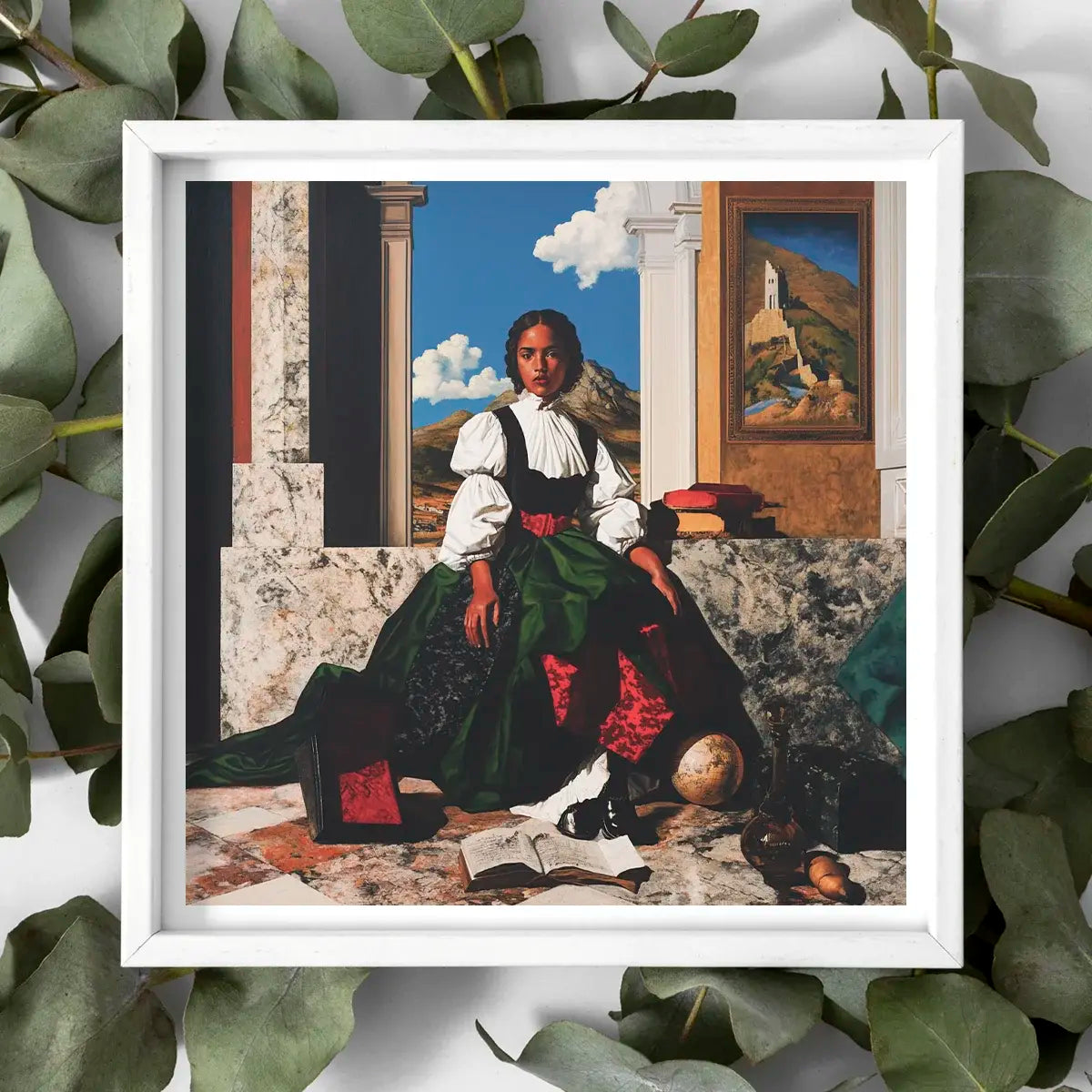
Every breakthrough begins as an apparition. An outline glimpsed behind the scrim of what currently exists. In the studio that apparition might be a colour chord no pigment yet matches; in the incubator, a workflow no API yet supports. Artists test reality by sketching the impossible until paper stops protesting. Founders do likewise—mock‑ups, sprints, seed decks—behaving as if the product is inevitable long before one line of code compiles.
This is not delusion. It is disciplined hallucination. The painter prepping an enormous blank wall feels the same vertigo as the developer facing a green‑field repository: a gulf between nothing and something bridged only by confirmed conviction. Tools and funding arrive later; faith arrives first.
Imagination is not fluff. It's infrastructure. It scaffolds the leap from absence to presence, providing coordinates the rational mind can retrofit with spreadsheets and stand‑up meetings. When that invisible lattice is strong, collaborators climb aboard; when it wobbles, even angel investors lose altitude. The creative economy, therefore, runs on metaphysical credit. Trust that the unseen will crystallise into value.
Risk, Resilience, and the Fire of Conviction
To innovate is to gamble with reputation, capital, and sleep. A painter might sink six months into a series that fails to sell; a tech team might salt savings into an MVP that users abandon after onboarding. In both cases, identity entwines with outcome. A flop feels existential.
Yet resilience distinguishes practitioners from tourists. The Impressionists, mocked by salons, rented their own room and redrew art history; PayPal, hacked and cash‑starved, rewrote online trust protocols. Failure became fermentation, not spoilage.
Resilience is not brute endurance. It is adaptive metabolism. Converting criticism into compost, pivoting without abandoning first principles. A sculptor whose marble cracks pivots to bronze; a platform whose monetisation stalls pivots to SaaS. The through‑line is conviction that the core insight still matters even if the initial vessel leaks. That fire is both compass and combustion, lighting the next iteration while burning away fragile ego.
Outsiders by Design: The Sociocultural Landscape

Artists and entrepreneurs often orbit the margins because the centre is crowded with tradition. Edges provide negative space. Room to prototype weirdness without constant comparison. A painter relocates to a deindustrialised mill town, mining rust for pigment and narrative; a coder in Lagos leapfrogs legacy banking by building mobile payments native to patchy data signals. Outsiders harvest advantages insiders mislabel inconvenience.
But periphery residence charges rent in loneliness. Gatekeepers can’t file what they don’t recognise; mainstream media prefers familiar success arcs. Thus outsider communities self‑assemble—co‑working studios, maker fairs, Discord critique circles—trading feedback, micro‑funding, emotional scaffolds. Isolation transmutes into ecosystem.
Edge‑dwellers eventually pivot culture’s co‑ordinates. Graffiti becomes billion‑dollar street‑wear collaborations; once‑ridiculed alt‑coins recalibrate international remittances. The distance that once looked like exile reveals itself as vantage.
The Balancing Act of Innovation and Acceptance
Originality and comprehension rarely synchronize. Van Gogh died with unsold canvases; early streaming services folded before broadband caught up. Creators must therefore weather latency. Time between invention and cultural receptor readiness.
During that gap, critics label novelty “unrealistic,” “ugly,” or “pointless.” Those barbs test whether the maker values applause over accuracy. Persistence is not obstinacy; it is calibrated patience. Iterating to remove accidental friction while refusing to sand down the essential weirdness that makes the work future‑proof.
Eventually, markets swerve, critics revise, and what was once fringe becomes frame. Acceptance is gratifying but secondary. The true reward is watching yesterday’s impossibility become tomorrow’s default and knowing that you helped bend the arc.
The Artful Approach to Success and Growth
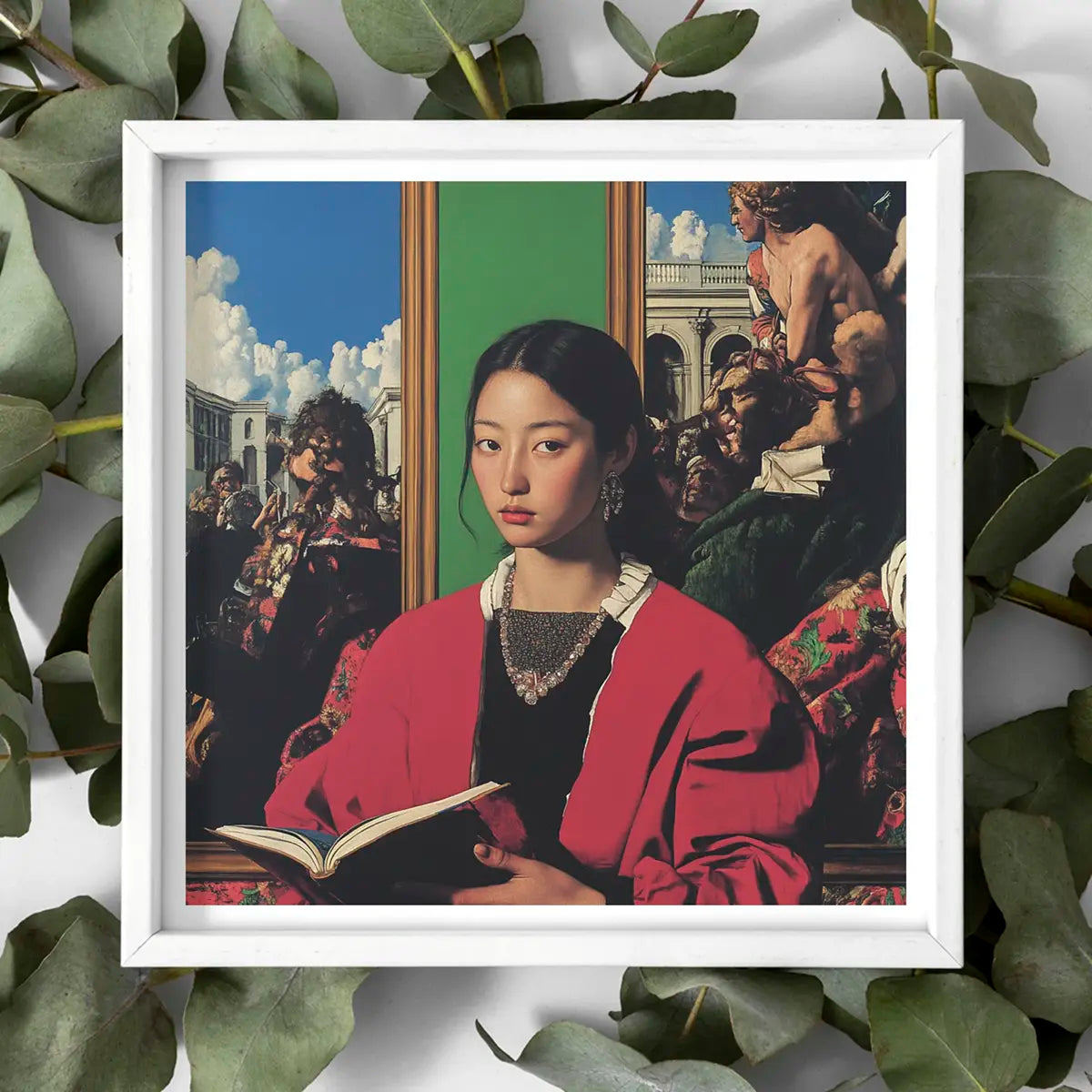
What does winning mean to a practice measured in both sentiment and sales? Museums may queue retrospectives, VCs may crowd term sheets, yet many creators define success as latitude: the freedom to chase new questions without begging permission.
In that light, growth is qualitative before quantitative. A printmaker masters photogravure to migrate imagery onto copper; a SaaS team invests in accessibility audits, widening reach to users with adaptive tech. Revenue funds research; mastery funds meaning.
Continuous learning sustains momentum. Artists swap oil for VR sculpting; founders study biomimicry to design cooler server farms. Curiosity keeps the practice porous, able to absorb external shocks and emerging tools without ossification.
Collaboration accelerates this curve. A choreographer joins forces with motion‑capture engineers; an ethical‑AI start‑up hires poets to stress‑test anthropocentric bias. Each field extends the other’s lexicon, spawning hybrid novelties neither silo could conceive alone.
The Synergy of Partnerships
When art and enterprise clasp hands, they swap superpowers. Data visualisation becomes gallery installation; public murals embed QR codes that spawn micro‑donation loops for neighbourhood improvements. The painter gains infrastructural scale; the founder gains affective gravity.
Partnerships succeed when each side respects the other’s process. The designer doesn’t demand features that flatten concept; the curator doesn’t insist on aesthetics that sabotage usability. They meet in a negotiated middle ground. Prototyping until form satisfies function and the cost ledger applauds.
Such alliances generate compound influence. A street‑artist‑x‑sneaker brand drop funds arts education; a fintech‑x‑photographer campaign turns amortisation tables into kinetic light sculptures hanging in high‑school auditoriums. Commerce bankrolls imagination; imagination re‑humanises commerce. Cycle repeats, upward.
The Blurring Canvas of Creativity and Commerce
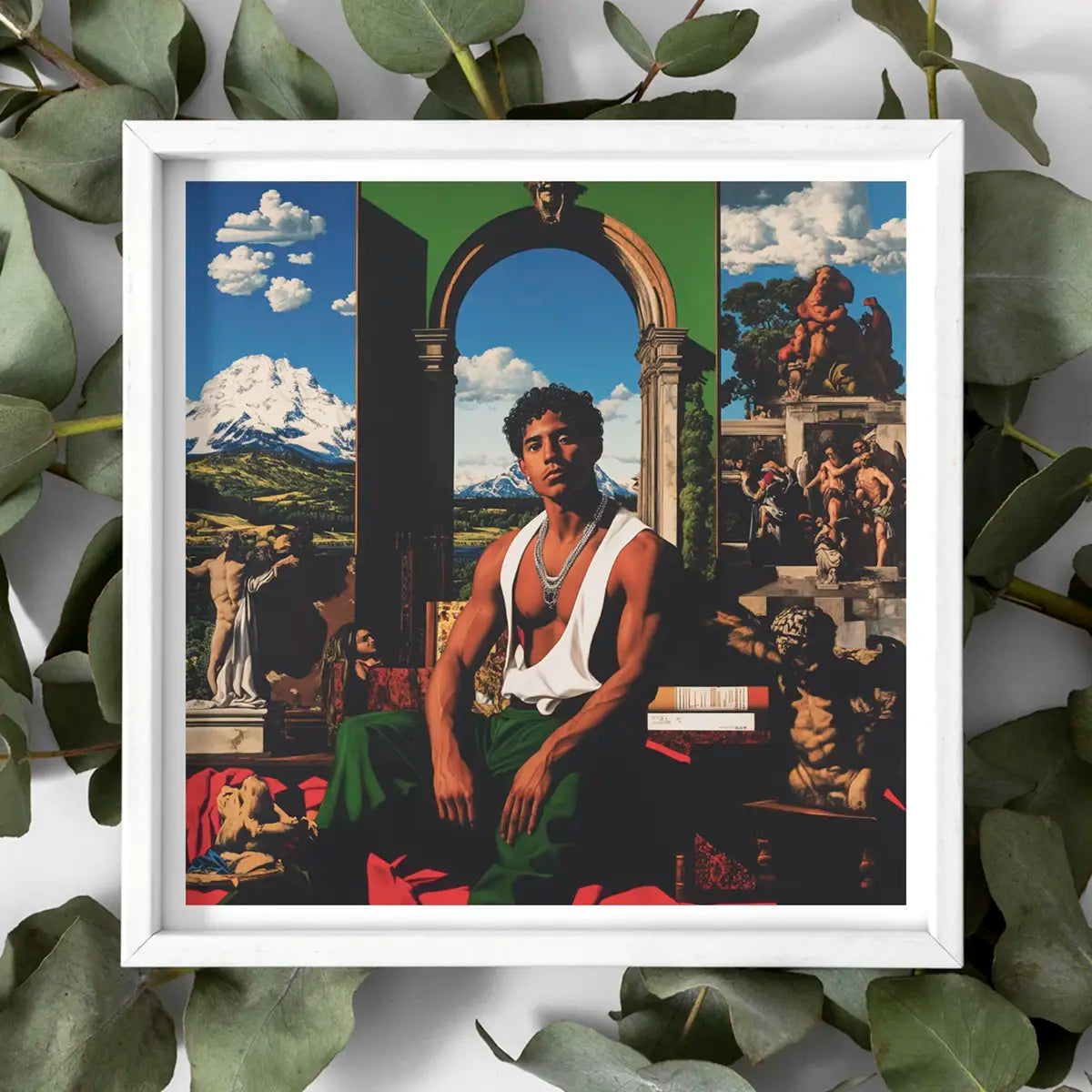
The idea that artists must starve to stay pure and businesses must strip aesthetics to stay lean is obsolete. Twenty‑first‑century value flows through hybridity: memoir podcasts as marketing funnels; research labs publishing poetry to articulate speculative tech; fashion houses launching open‑source pattern archives to seed grassroots innovation that loops back as cultural equity.
In this terrain the artistic entrepreneur is not an anomaly. It is the default persona for anyone intent on shaping reality. Brush becomes branding tool, ledger becomes narrative device. Success metrics diversify: impact reports list reduced landfill waste beside revenue, mental‑health testimonials beside market share.
We close where we began. Beneath a ceiling that married sacred vision to strict deliverables. Michelangelo’s contractually bound angels remind us that beauty and budget have always shared air. Today’s creators inherit that lineage, wielding code and colour, pitch deck and palette, to redraw what daily life can look like. Their question echoes through fresco and feed alike: “What if we see it differently?” Culture’s answer depends on whether we fund that vision, share it, critique it, and—ultimately—live inside it.



